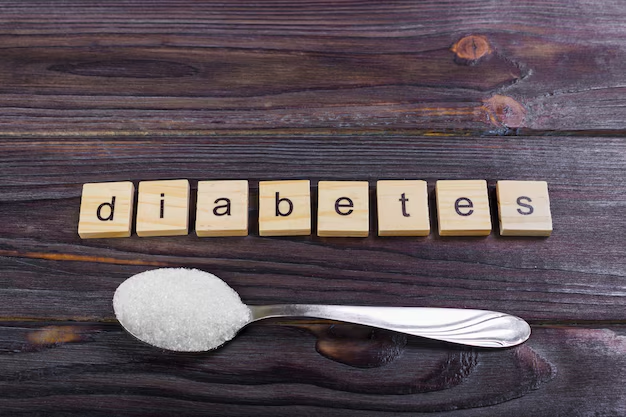Finding the Sweet Spot: Sugar Intake for Diabetics
When you’re living with diabetes, striking the right balance in your diet can feel like a full-time job. How much sugar can you actually consume without tipping the scales toward high blood sugar levels? While it's tempting to seek a rigid rule, the actual answer varies. Here's what you need to know.
Understanding Sugar and Diabetes
Sugar is a carbohydrate, and all carbohydrates are eventually broken down into glucose in the body. For diabetics, the challenge lies in managing this glucose to prevent spikes in blood sugar levels. Depending on the type of diabetes—Type 1, Type 2, or gestational—the management strategies differ, but the end goal remains the same: maintaining consistent blood glucose levels.
American Diabetes Association Recommendations:
- No more than 10% of your daily caloric intake should come from added sugars.
- Total carb intake depends on individual health goals, but a good starting point is 45-60 grams of carbs per meal.
While natural sugars present in fruits, vegetables, and dairy are generally safer due to fiber content slowing down absorption, added sugars, like those found in processed foods, can be more problematic. Always aim to read food labels and consult with a healthcare provider for personalized advice.
Balancing Sugar in Your Diet
To manage sugar intake effectively:
- Track Your Carbs: Utilize apps or food diaries to monitor daily intake.
- Choose Whole Foods: Focus on vegetables, whole grains, and lean proteins.
- Read Labels: Identify low-sugar versions of your favorite foods.
- Limit Processed Foods: Minimize consumption of sugary snacks and beverages.
- Regulate Portion Sizes: Be mindful of the portion size, as it directly impacts carb intake.
Small, incremental changes in your diet can lead to significant improvements in blood sugar levels.
Beyond Diet: Financial Assistance for Diabetes Management
Navigating diabetes management extends beyond dietary considerations. Financial challenges often accompany the cost of ongoing care, including medicines, devices, and doctor visits. However, several financial assistance options can ease this burden.
Government Programs:
- Medicare and Medicaid offer medical aid to eligible individuals. Medicare provides coverage for many diabetes-related supplies and services.
Patient Advocacy Groups:
- Organizations like the American Diabetes Association and Diabetes Foundation offer resources, from supplies to educational tools.
Pharmaceutical Assistance:
- Many pharmaceutical companies have patient assistance programs to help with medication costs.
Credit Solutions:
- Consider looking into specialized healthcare credit cards that offer flexible payment options for medical expenses.
Educational Grants and Scholarships:
- Explore grants through medical associations or foundations focused on aiding individuals with chronic health conditions.
Key Takeaways
👉 Balanced Diet: Limit added sugars to 10% of daily calorie intake.
👉 Resourceful Management: Explore government aid, patient groups, credit options, and educational grants.
👉 Read Labels: Always scrutinize food labels for hidden sugars.
Managing diabetes doesn’t have to be an uphill battle. Empower yourself with the right knowledge and resources to achieve both health and financial well-being.
